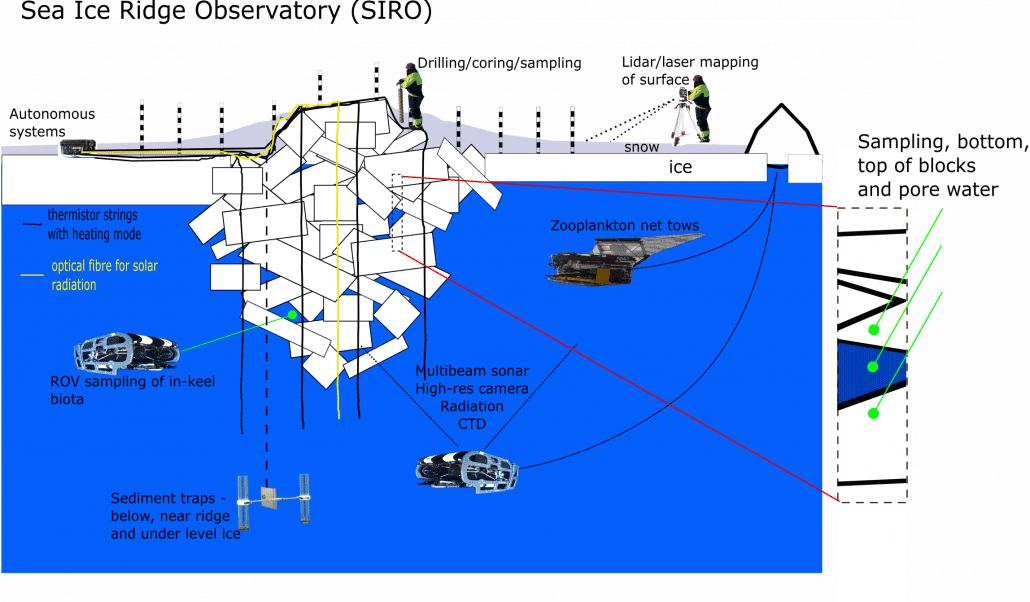(October 10, 2019) --

The largest polar expedition in history is underway, and researchers at the Dauphin Island Sea Lab will play a part. The mission is known as the Multidisciplinary drifting Observatory for the Study of Arctic Climate, or MOSAiC.
Germany's Research Vessel Polarstern departed Tromsø, Norway for the Arctic in mid-September with a team of scientists on board, and dozens of more scientists standing by worldwide to lend a hand.
The plan is to go with the ice flow for an entire year studying the ocean, the atmosphere, and the sea ice. Changes in the sea ice could mean changes to cloud formations, carbon dioxide absorption, and organisms dependant on the ice. The data collected will be used to better reflect the arctic system in climate models.

Click here for a larger image.
It's been two decades since the Arctic was studied this closely and a great deal has changed. Scientists from 19 nations will work to fill those gaps. MOSAiC’s lead institution, Alfred Wegener Institute Helmholtz Center for Polar and Marine Research, has set up a website to follow the day-to-day progress of the expedition.
Dr. Jeffrey Krause and his team at the Dauphin Island Sea Lab will be a part of closing the gaps in the data. His lab will study samples collected through a MOSAiC subproject focusing on flora and fauna associated with sea ice ridges. This subproject, called HAVOC (Ridges - Safe HAVens for ice-associated Flora and Fauna in a Seasonally ice-covered Arctic OCean), is based at the Norwegian Polar Institute and is funded by the Research Council of Norway.
In the planning stages of the subproject, Philipp Assmy with the Norwegian Polar Institute reached out to Krause for his help to analyze diatom samples using a fluorescent dye called PDMPO which helps to understand diatom processes.